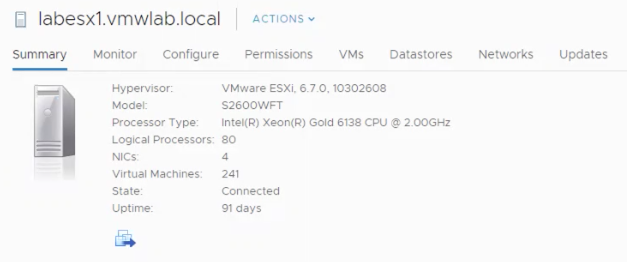VMware Configuration Maximum tool is a go to tool for all of us that design VMware stack. I always considered all the max values to be a kind of hard limit meaning a vCenter will not allow to create larger than defined number of items. For vSAN we have definitely a couple of hard limits: max number of disk groups is 5 per host, max number of disks in a disk group is 7, max number of vSAN dastastores is 1 per cluster etc.
Recently I had a task to verify one of the limits which was max number of VMs per host in a vSAN cluster: 200. The task was to check what would happen if we created > 200 Instant Clones per host.

When you design a VDI cluster on vSAN, you have to take into consideration a certain number of host failures that the cluster can tolerate not only from a compute perspective (will there be enough RAM and CPU for all VMs? ) but also from a storage perspective (will there be enough storage to host all VMs? ). Luckily, with Instant Clones storage is rarely an issue even less often when you use vSAN deduplication.
Having limited budget in mind, sometimes it turns out that when one host is down or two hosts are not working, cluster works fine but other hosts have to take on a little more than they were designed for.
That is why 200 VMs per vSAN host is a soft not a hard limit. VMware supports the installations up to 200 VMs but in “survival mode”, hosts can handle more. In my case it was 241 Instant Clones.
I am not saying nothing bad will happen, take a look at this:

RAM and CPU resources are strained here and the user experience for VDI users could get worse. Still it is good to know the limit is soft.
